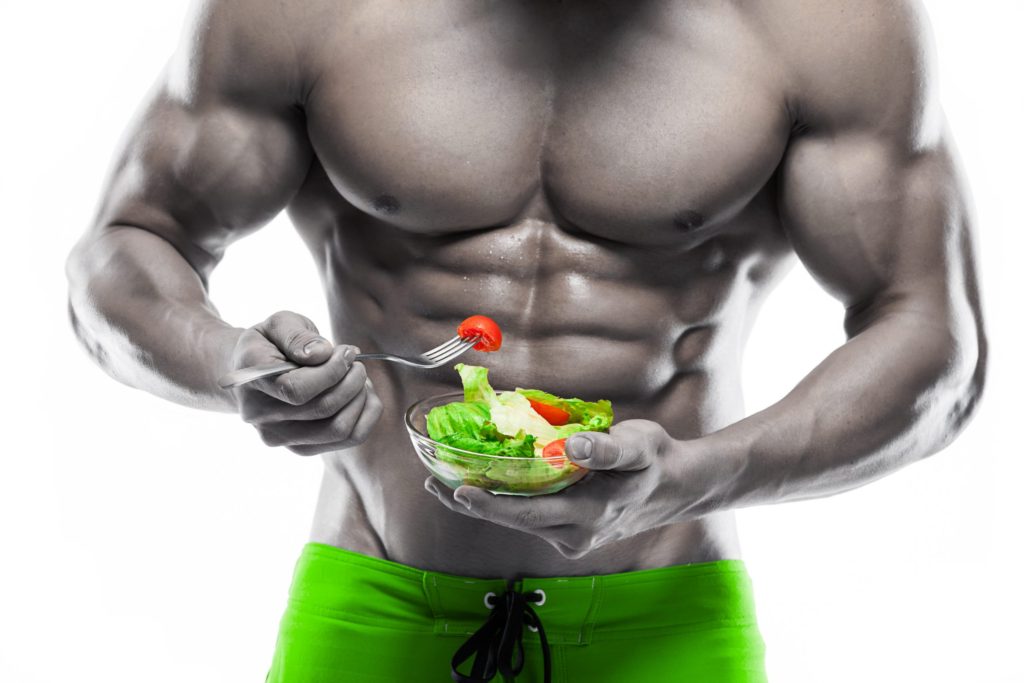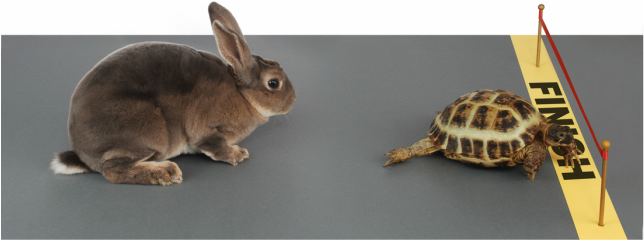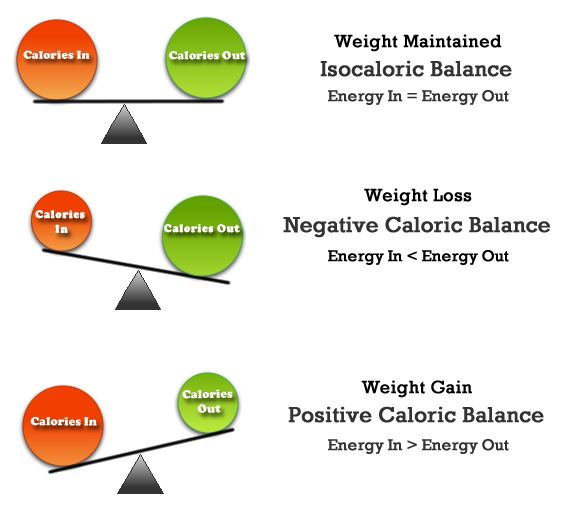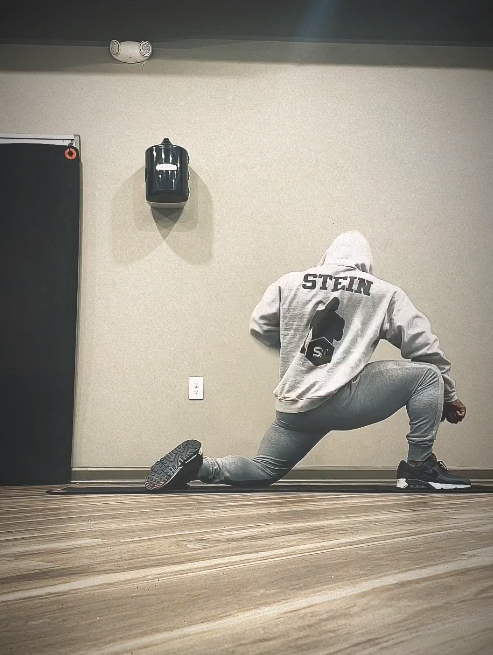
Simple Fat Loss Tactics
Recently, I have been having a lot of conversations about nutrition and losing weight (fat loss). I have come to realize that there are not many people that take the time to understand the nutrition side of health and fitness.

(I have also realized most people do not know the difference between weight loss and fat loss. They use the terms interchangeably. Just because you lose some weight on the scale, does not mean it was a positive change…. food for thought)
For sake of time, let’s make one thing clear! You by no means have to eat like a physique competitor to lose weight, lose bodyfat, improve your body composition, or however you describe your physical goals. But the ultimate goal should be the same as a physique competitor (although less extreme)… to become lighter, leaner, and in better physical condition.
Yes, restricting yourself to a specific group of foods that you weigh and monitor calorie intake on a daily basis is going to get you there. But, that is just not a realistic approach for the majority of today’s society.
Now on the other side of that coin, you cannot continue to go down the path that you are currently on as you are just not seeing the results you hoped for. Which I am sure is pretty demotivating.
So with that being said, if you are looking for some simple ways to streamline your existing nutritional approach for hitting that target weight (fat) loss goal, try to incorporate these few strategies below!
Think Slow And Sustainable
For all of the trainers/coaches out there I have to say this.
Losing “10 lbs in a week” or “30 lbs by my birthday (5 weeks away) are just not realistic goals!!!
Very few individuals achieve those types of results….. very few!
In order to make those type of changes you have to be 100% on top of everything you eat, the cardio you do, the workouts, and there are no breaks!! No going out with friends. No grabbing a meal because you have been good all week. No drinking. None of that!!
And even with that level of discipline, there is no guarantee you will meet your goal in the allotted amount of time. The other side of that is even if you do meet the goal, you are almost guaranteed to go right back to where you started…. Or worse!
Set realistic goals for yourself. Create habits that can be sustained for long periods of time. Slow and steady always wins the race with this fitness lifestyle.

You do not need to commit to a super-restrictive 90-day or 12-week challenge in order to lose weight. In fact, for many people, thinking in shorter time frames, such as 4-6 weeks will actually work better.
Any experienced nutrition coach or certified nutritionist would recommend that you lose weight at a pace no faster than .5-1 percent of your body weight per week (1-2 lbs of body per week). Over six weeks for a 150-pound person, that’s 7-8 pounds.
That may not sound like a lot, but it’s enough of a sample size to assess the your eating habits to determine which changes you made worked and which didn’t work. With this information, you’re better equipped to weed out those changes that are not sustainable for you, and to focus on those that are. Then, you can implement those positive changes in your plan of action over the next 4-6 weeks.
Ultimately, this will help shape a foundation of sustainable, healthy eating habits that will serve you for a lifetime rather than feeling the need to commit to 90 days of misery only to revert back to your previous ways (and weight!) when a “challenge” is done.
Figure Out A Meal Frequency That Works For You And Stick To It
I get this question a lot!! How many meals per day do I need to eat? Through my own trial and error and experience, i have learned the answer is simple: Whatever aligns best with your lifestyle!
Seriously! When the calories and the protein intake are about the same, there’s no added weight-loss benefit if you choose to a warriors diet of once a day or if you choose to eat three to six times per day. Choose a frequency that fits into your lifestyle and is sustainable in the long run. That’s what matters most.
I think its worth stating that many active people find it best to eat every 3-4 hours because this helps to maintain steady energy levels throughout the day while also keeping hunger and cravings in check. This usually shapes up to three main meals and 1-2 snacks per day.
The same goes for meal timing. If you want to consume the majority of your daily intake at breakfast, or the majority in the evenings, go for it. What matters most is that your total daily intake remains more or less consistent day after day. However, as you grow on your journey and seek further progress, having some structure of meal timing may benefit you because it will allow you to optimize performance when working out, as well as recovery. You also have better control of your appetite and cravings throughout the day.
Take Aim At Your “Problem Meal”
Full-on meal prep isn’t an option for many people.
And that’s OK!
But it’s also true that many of us have a single “problem meal” during the day where we buy something rather than make it.
For example, maybe lunch is your weakness, and you find yourself at the food truck several times a week. Maybe breakfast is a sugar-bomb and has been since you were a kid. Or maybe your meals are OK, but your snacks are a complete disaster!
No matter the case, taking the initiative to prepare your most problematic meal or snack—and just that meal or snack—can have a profound difference. And “fixing” just the most problematic meal is far easier than trying to prep all your meals, all the time—although that is definitely an option as well (and highly recommended), if you’re up for it.

Look For Easy Low-Calorie Substitutions
When you begin seeking weight loss, there’s one key relationship that you need to be aware AT ALL TIMES the relationship between the number of calories you eat per day and the number of calories you burn per day. If you eat fewer calories than you burn, over time you’ll lose weight. Conversely, if you eat more calories than you burn, over time you’ll probably gain weight.
A lot of people will take that starting point and tell you that you need to count calories. It’s not true! Instead, you can look for ways to make a single change or two to your day to begin taking in fewer calories.
This could mean:
- Swapping soda for diet soda or soda water (or WATER!!)
- Swapping juice or a sports drink for a low- or no-calorie alternative
- Swapping a bag of chips for a piece of fruit or cheese
- Swapping a candy bar for a handful of nuts and seeds
Along with a consistent workout schedule, consuming just a couple hundred fewer calories per day, when done consistently, can jump-start weight loss.
That said… you can’t have a diet soda once per week, drink regular soda for the rest of the week, and expect to make groundbreaking weight-loss progress. You need to implement your chosen strategies consistently so that your body has adequate time to react to the impact of you eating fewer calories per day.
Keep A Craving-Fighting Strategy Or Two In Your Back Pocket

The easiest hunger-fighting strategy you can implement right now is to drink more (calorie-free) fluid.
When you drink fluid, it rapidly fills your stomach. When you drink a significant quantity at once, such as 8-12 ounces, it fills your tiny stomach almost completely. When this happens, the fluid forces your stomach wall to expand, which triggers a signal to be sent to the brain basically saying there’s no more room left in the stomach.
The next-level strategies? Start prepping at least some of your meals (more on that soon), or at minimum, your snacks. Dial in your snack game, looking for simple meals and recipes that combine protein and nutrient-dense foods like nuts and vegetables. If you are unable to keep meals with you, below are some quick options you can pick up when you are out and about.

- Peanuts
- Fruit
- Cheese Sticks
- Protein shakes
- MTS Outright bars ( best protein bar on the market)
Have these ready so you don’t find yourself ravenous when passing the drive-thru window!
If losing weight (bodyfat) is your goal; try these simple strategies out. The honest truth is, subtle changes in your eating habits will yield big results when you start the process…
BUT
Do not forget to always monitor your calorie intake vs your caloric output! And keep making small changes so that you are able to maintain those habits as a life long practice!
Eat Smart! Train Hard!





